

The Republic of Cote d’Ivoire lies in the West African region, bordering Guinea, Ghana, Mali and Burkina Faso. It opens to the Atlantic coast from the southern side, through the Gulf of Guinea. Also known as Ivory Coast, it has a higher per capita income compared to other African countries.
The nation faced a severe economic crisis in the 1990s, along with increasing levels of unemployment. Socio-political turmoil coupled with corruption hit the tourism and financial sector. However, drastic measures such as diversification of the economy, attracting foreign investments, possible tax rates etc., helped to resolve the issue.
Ivory Coast is a developing country with a growing economy based on the export of cash crops, mainly coffee and cacao. It is also one of the largest exporters of consumer products in Africa.
The nation’s main trading partners include the Netherlands, Spain, Germany, France, the US and Malaysia. Described below are the main ports of Cote D’Ivoire.
Abidjan is one of Africa’s largest and most modern harbours, contributing more than 50% to the annual GDP of the Ivory Coast or Cote d’Ivoire. The port is used by 70 per cent of the nation’s industries, and a workforce of 55,000 is responsible for smooth cargo operations.
The port is located 170 nautical miles from San Pedro. A commercial port on the western coast of Africa, it also serves the landlocked countries of Mali, Niger, Chad and Burkina Faso. It is a famous container port with a handling capacity of 1.5 million TEUs. After constructing a second container terminal, Abidjan would handle around 2.5 million TEUs annually.
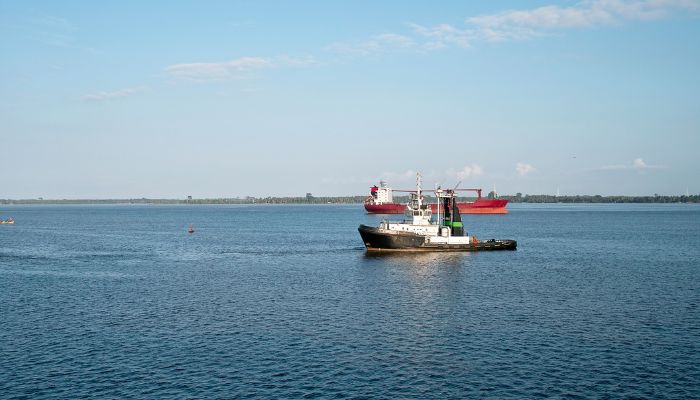

The busiest port in West Africa became operational in 1951 with the construction of the Vridi waterway. It existed as a rudimentary facility during the period of French colonisation. After the nation attained independence, Abidjan was redeveloped to handle the increasing cargo traffic.
It has many specialised terminals shipping items like coffee, perishables, canned or frozen seafood, rubber products, wood, cotton, resin, cocoa and nuts. Major imports include fuel oil, raw material, iron and steel, packaged food and medicines.
Abidjan is a famous fishing port producing 600,000 tonnes annually and supporting the region’s fisheries sector. The facility contains 1550 metres of wharves with a 9 m draft for accommodating 15 vessels at once.
It has a 7500 m2 auction hall, numerous seafood processing plants, an ice-production factory and extensive equipment. The warehouses have a storage capacity of 65,000 tonnes. An additional 22,000 tonnes can be kept fresh in the bonded warehouse. Approximately 20,000 m2 is dedicated to repairing fishing nets. A fish market is located inside the terminal, covering 15,000 m2.
Possessing five berthing facilities, the container terminal is quite advanced, laden with automated operating systems and the latest container scanning equipment for shorter processing times. It covers 37 hectares and possesses seven shoreside gantries and two mobile cranes. The terminal can store up to 40,000 TEUs.
Approximately 250,000 tonnes of fruits and 300,000 tonnes of grains are processed at these facilities. It has bagging machines for cereal, rice, flour and fertilisers, packaging 3000 to 5000 tonnes every 24 hours.
The oil station is located on a floating buoy that can receive 250,000-tonne ships on its five piers dealing with petroleum products. A network of pipelines connects the terminal to the processing plants owned by the Ivorian Refining Company.
The Boutet terminal is visited by more than 1700 vessels every year. The facility can accommodate oil tankers with a maximum length of 255 metres and an 11 m draught. It has five storage tanks for keeping oil and petroleum.
The first phase of the new RORO terminal was completed in 2018. It includes two berths with inbuilt ramps, spanning 300 metres with a 13.5 m draft. Adjacent to this facility is a 200-hectare industrial zone and a 9-hectare open storage area.
A mineral berth is being constructed to handle a 13 m draft of marine vessels. In 2019, the Vridi canal was dredged and widened to enable large vessels with a maximum draft of 16 m to enter the port facility.
San Pedro port lies on the southwestern coastline of the Ivory Coast, close to the Gulf of Guinea. Directly accessible to the Atlantic Ocean, it is the second busiest port after Abidjan in terms of cargo handled. The well-protected harbour is enclosed by two main breakwaters and a 33-hectare basin with a 400 m diameter turning circle.
San Pedro is strategically located to act as a transhipment port for interior regions like Mali, eastern Guinea, Niger and Liberia. San Pedro is the biggest exporter of cacao beans in the world. In 2019, Ivory Coast exported cacao beans worth 3.57 billion US dollars. Other exports include coffee, raw material and timber, whereas major imports comprise heavy machinery and steel. More than 1,005,000 tonnes of cargo and 49,000 TEU are handled annually.
The navigation channel is 13.5 metres deep, 600 m long and 145 m wide without draft restrictions. The main port covers 10 hectares and comprises several multipurpose wharves handling containers, breakbulk and miscellaneous cargo.
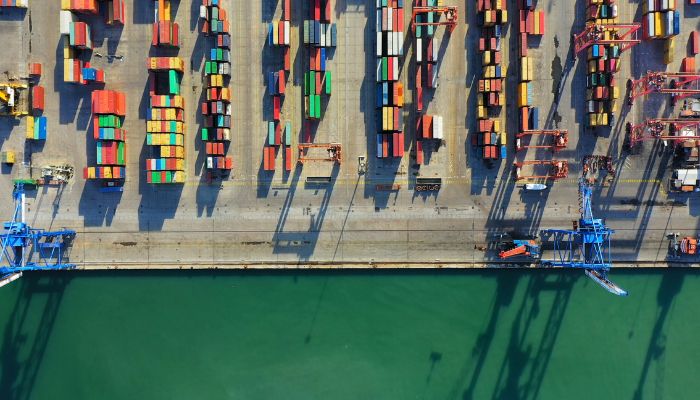

Ample storage space is available in 10 warehouses, with two additional bonded warehouses covering 13,000 m2 attached to cold storage. The port also has a specialised cereals berth and an underground pipeline network supplying palm oil to the nearby oil refinery. The container freight station has 145 reefer connections.
The port is open 365 days, and vessels can berth even at night. All safety measures are in place, and San Pedro has a lighthouse and a beacon system.
This facility has four berths for accommodating bulkers, container ships and RORO carriers. Bollore ports operate it, which offers stevedoring and related services to port companies like Grimaldi and CMA CGM. This terminal also handles timber exports, fertilisers and imported rice.
It has four mobile cranes, six reach stackers, nine forklifts and several conveyors. Adjacent to this terminal is a cement berth which receives vessels laden with clinker, stones, gypsum and gravel. More than 50,000 tonnes of cargo pass through this wharf every year.
A Green terminal is being built under a public-private partnership to increase port productivity. After completion, the facility would have 807 metres of quayage and 29-hectare storage space, with a designed capacity of 1.5 million TEUs.
The Espoir terminal is near the Gulf of Guinea, about ten nautical miles from Jacqueville and sixty kilometres from Abidjan. It is positioned at an underwater depth of 100 metres and comprises seven wells. The terminal can accommodate tankers weighing up to 350,000 DWT.
The facility is currently managed by three companies, Canadian Natural Resources Limited, Petroci Holding Limited and Cote d’Ivoire Limited. Phillips Petroleum owned the terminal in the 1980s when it was not economically profitable. However, the field became lucrative with new maritime technologies in the 2000s, which enabled greater exploration and sophisticated drilling leading to increased production.
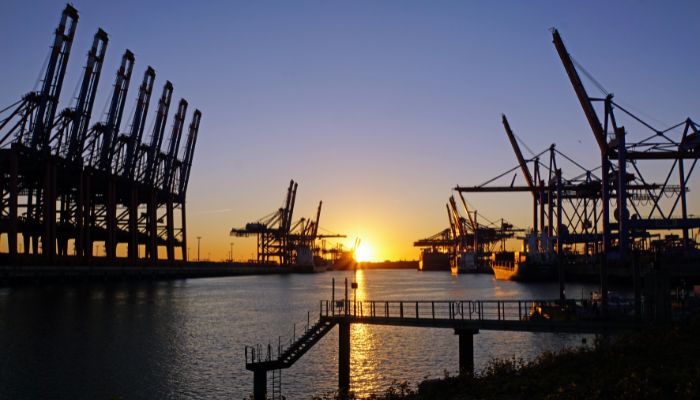

With 100 to 600 metres of water depth, it has approximately 94 million barrels of oil and natural gas reserves, equating to 179 billion cubic feet. The field started peak production in 2005 and has an estimated life expectancy of 22 years.
A wellhead tower was fitted in 2004, and the platform was connected to an FPSO named Espoir Ivoirien. Prosafe, a shipping company, converted the White Sea, an oil tanker, into the aforementioned FPSO in 2001. It can store a billion barrels and produces about 41,000 bbls of crude oil each day.
This oil is transported to the shore through shuttle tankers, and gas is transferred through a 20-kilometre underwater pipeline. Oil and natural gas are used for electricity generation in Abidjan, domestic consumption and commercial purposes.
It is a small coastal settlement on the southern coast of the country. The port is situated along the banks of the river Sassandra, close to the Guinea Gulf. The open roadstead overlooks the sandy beach and the famous Le Wharf Resort. Not accessible to the general public, the 250 m wharf was built in 1952 for handling fishing vessels.
The port dates back to the early 16th century when it was founded by Portuguese settlers for shipping commodities, especially raw materials, to Europe. Later the British acquired control of the strategic trading post, making it an essential component of the trans-Atlantic slave trade. The last European power to colonise the town was France. French ships used it for shipping forestry products, mainly timber.
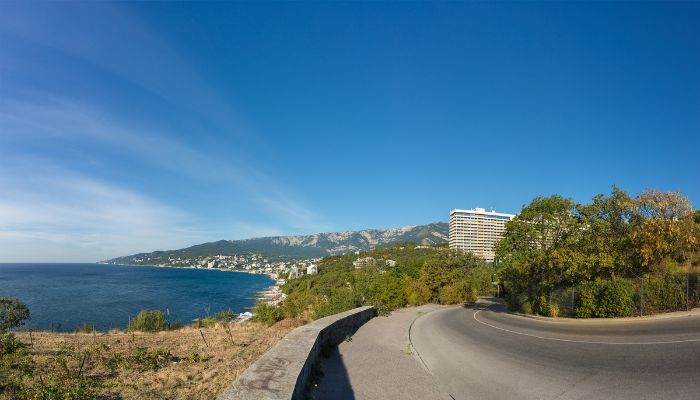

Presently, Sassandra has an economy based on tourism and fisheries. The architecture is reminiscent of the colonial past, as are some fascinating traditions. Apart from historic buildings, the town is known for its beaches and natural landscape.
Another famous landmark is the Pointe Tafou Lighthouse. The white stone structure has a black lantern and a verandah. It lies 1.5 kilometres from the entrance channel and flashes a white light every 5 seconds.
The marine facility is positioned 14 nautical miles offshore, close to Abidjan, with water depths ranging from 950 m to 1300 metres. Baobab oil field began production in 2005 and is owned by Canadian Natural Resources, Svenska Petroleum Exploration Limited and Petroci Holdings. By 2010, the field was already producing 20,000 barrels per day.
The operation of this facility is crucial for the economic development of the Ivory Coast. However, authorities are perturbed as the daily production rate has decreased over the years.
Part of the sedimentary basin of the region, it was formed more than 50 million years ago, with the advent of the Jurassic period. The geological era is characterised by the expansion and deepening of the Atlantic seafloor and the emergence of volcanoes.
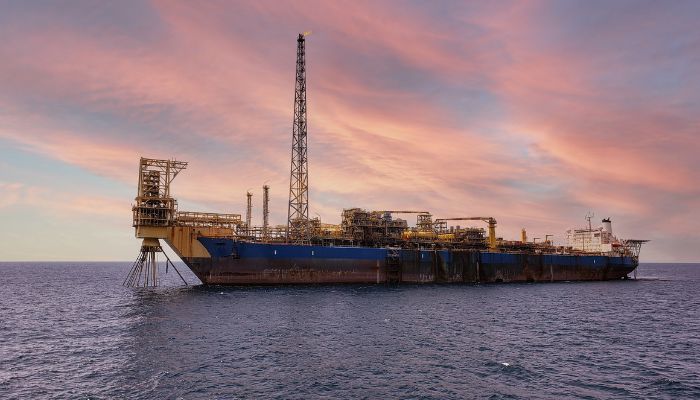

As per estimates and findings, the oil field has 690 barrels; however, only 30 per cent of this amount can be recovered.
It has eight wells which produce oil and two water-injecting wells situated 3990 feet underwater. They are connected to a 3450,000 DWT FPSO called Baobab Ivoirien. The oil is shipped to the shore from the storage and production vessel through tankers. Natural gas is transported via a pipeline and is used for generating electricity.
Baobab Ivoirien was fitted in the oil field in 2005 at a water depth of 965 m, making it one of the deepest of its kind in the world. It can simultaneously process over 74,000 bbls of oil in a day and 75 million m3 of natural gas. The vessel can also store 2 million barrels. It was designed by MODEC to facilitate future expansion and adaptability.
You might also like to read-
Disclaimer: The authors’ views expressed in this article do not necessarily reflect the views of The Marine Learners. Data and charts, if used in the article, have been sourced from available information and have not been authenticated by any statutory authority. The author and The Marine Learners do not claim it to be accurate nor accept any responsibility for the same. The views constitute only the opinions and do not constitute any guidelines or recommendations on any course of action to be followed by the reader.
The article or images cannot be reproduced, copied, shared or used in any form without the permission of the author and The Marine Learners.










We believe that knowledge is power, and we’re committed to empowering our readers with the information and resources they need to succeed in the merchant navy industry.
Whether you’re looking for advice on career planning, news and analysis, or just want to connect with other aspiring merchant navy applicants, The Marine Learners is the place to be.